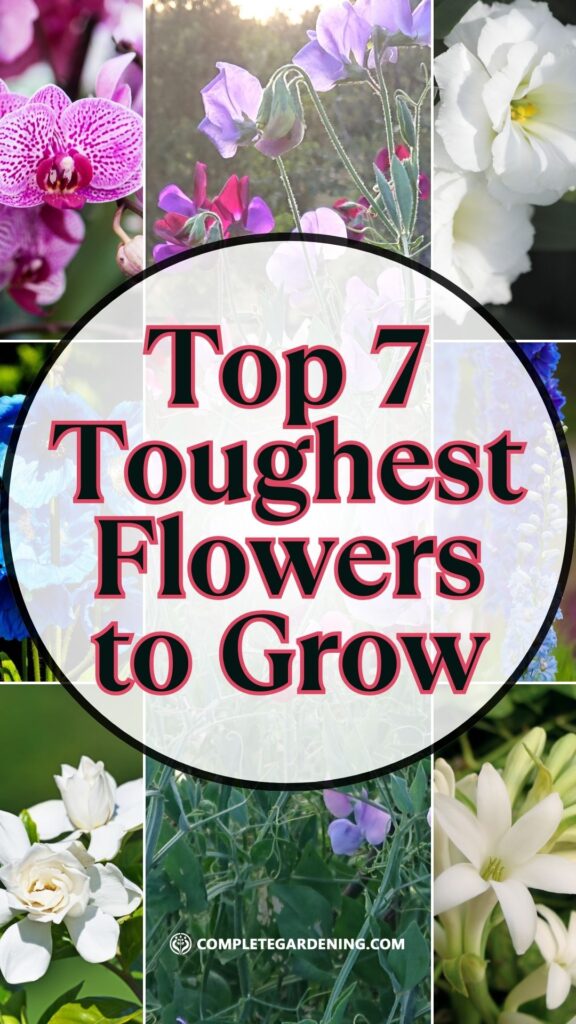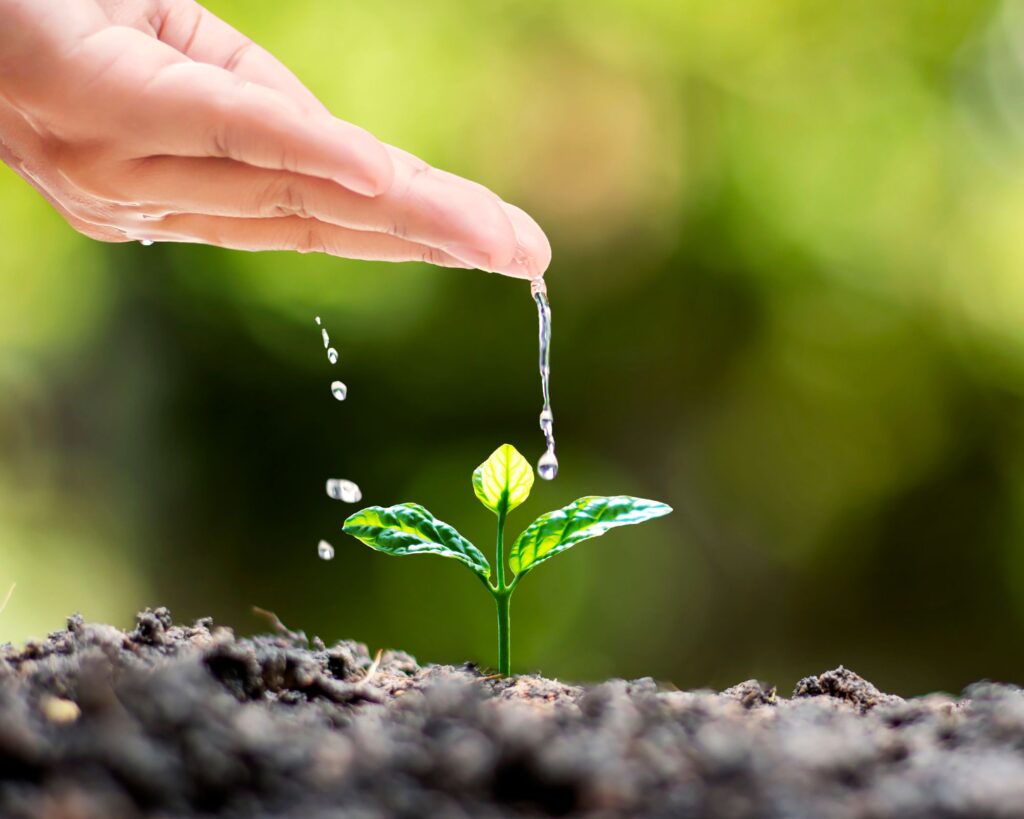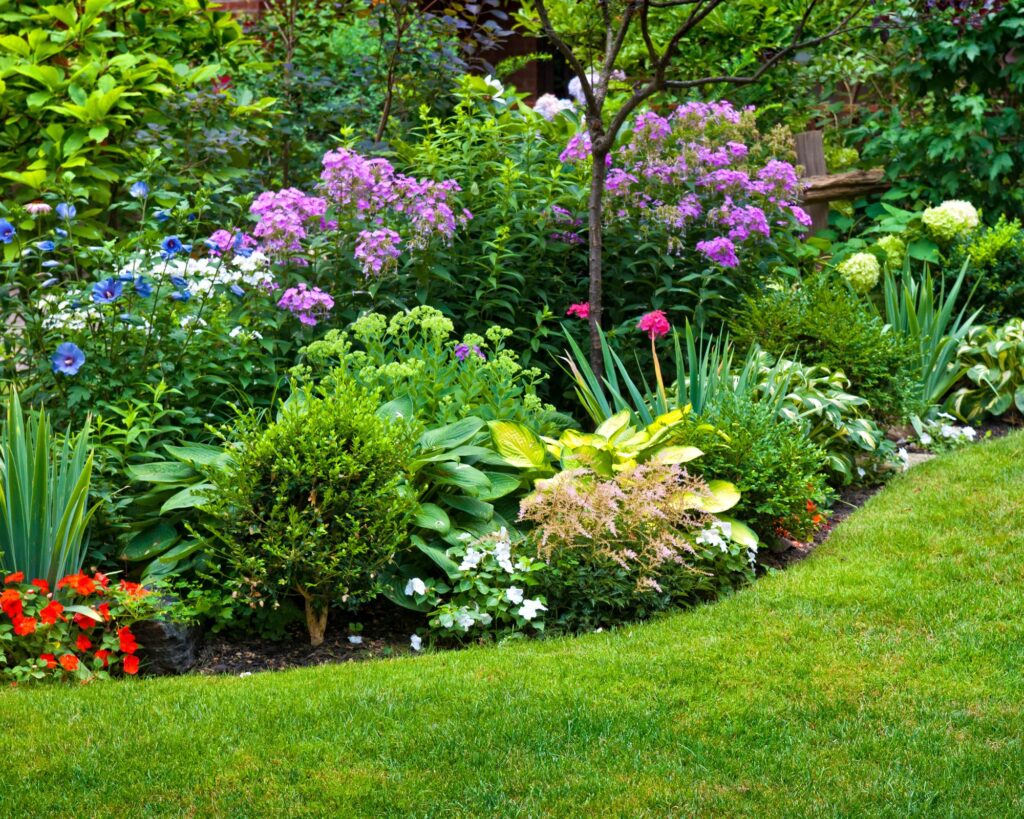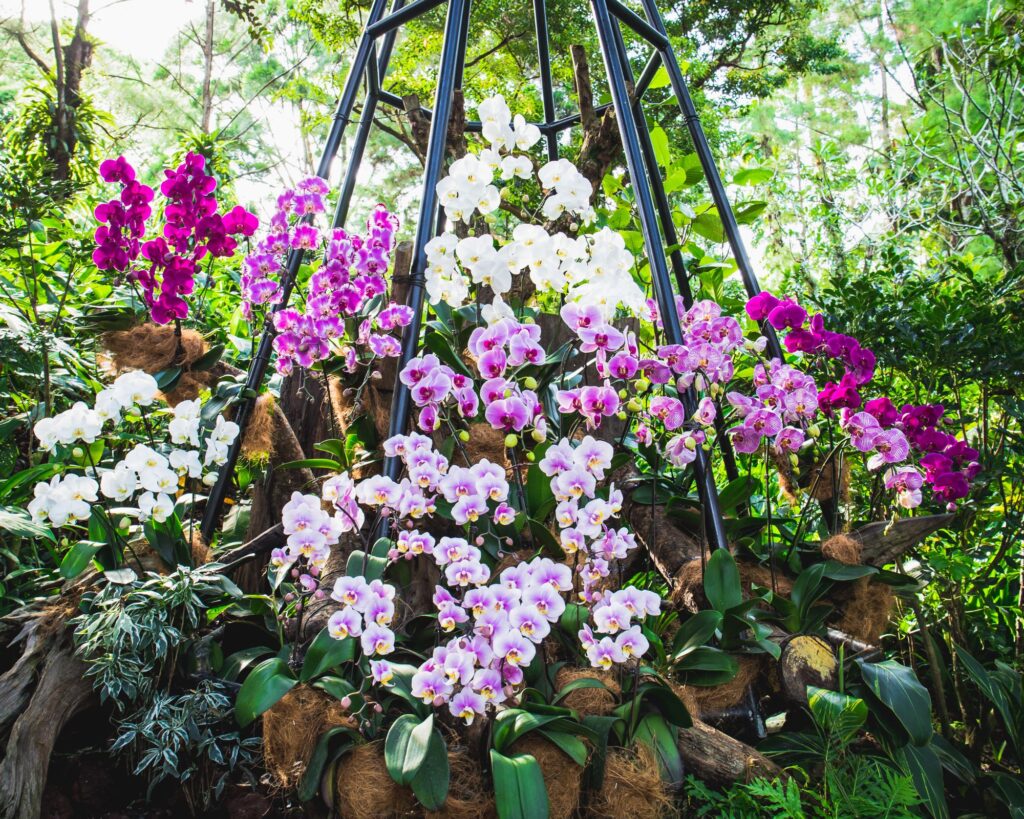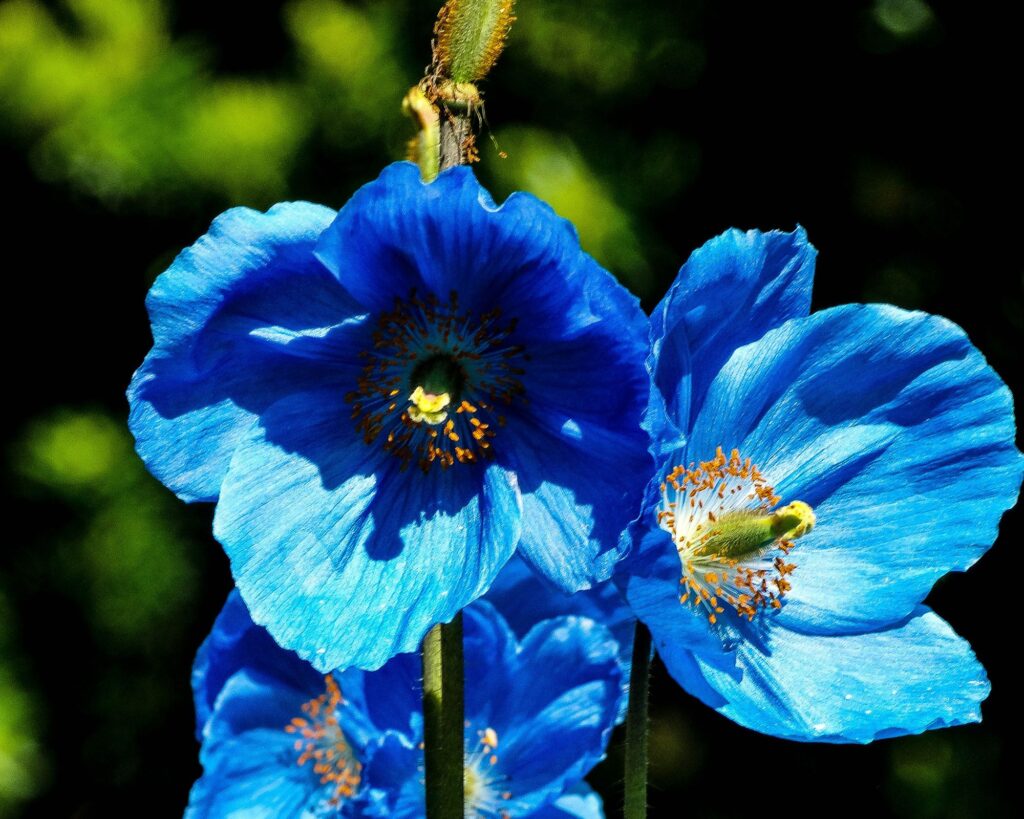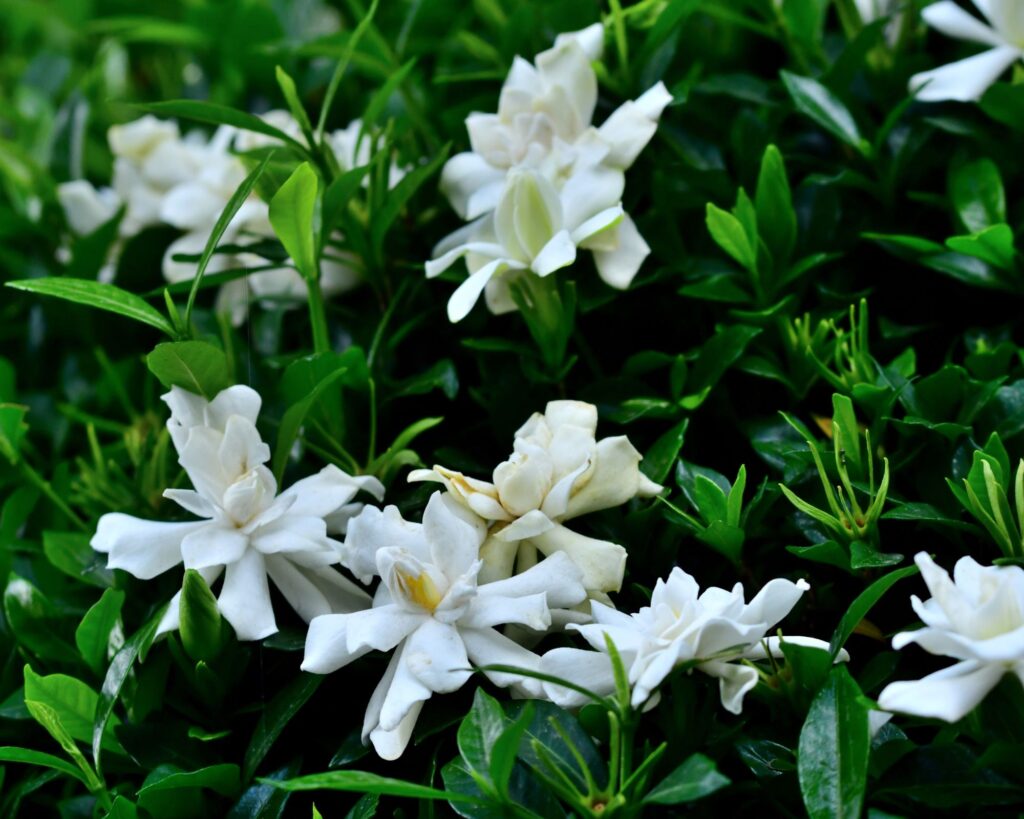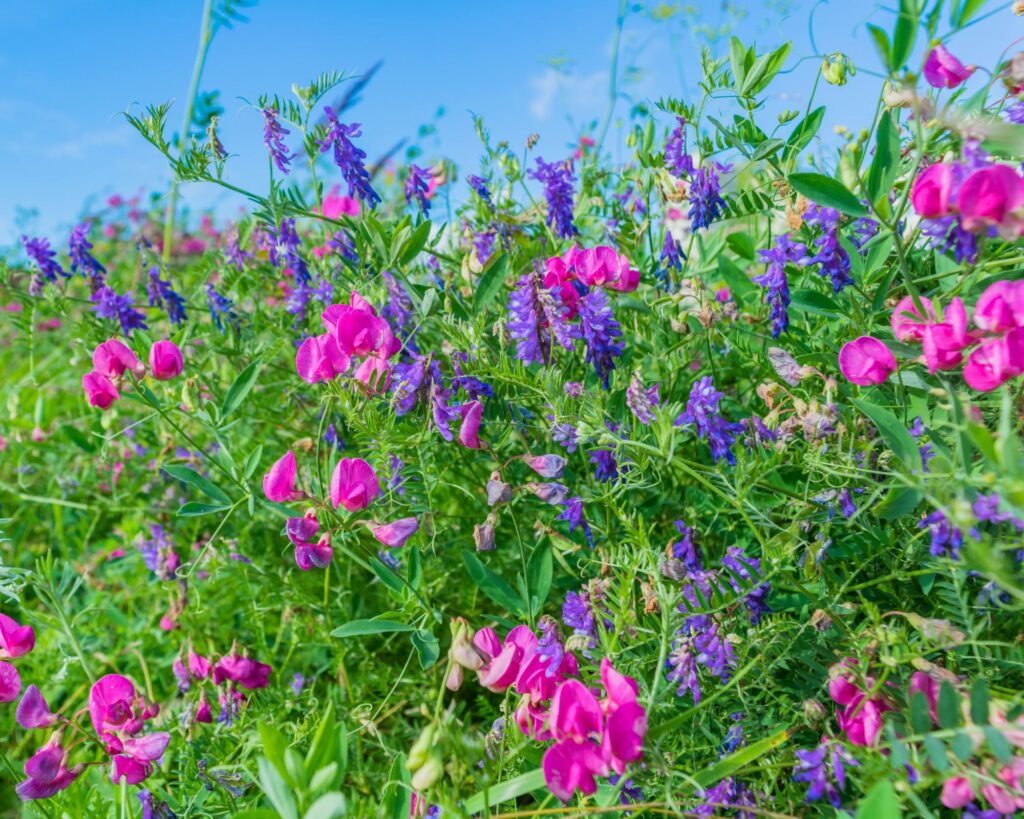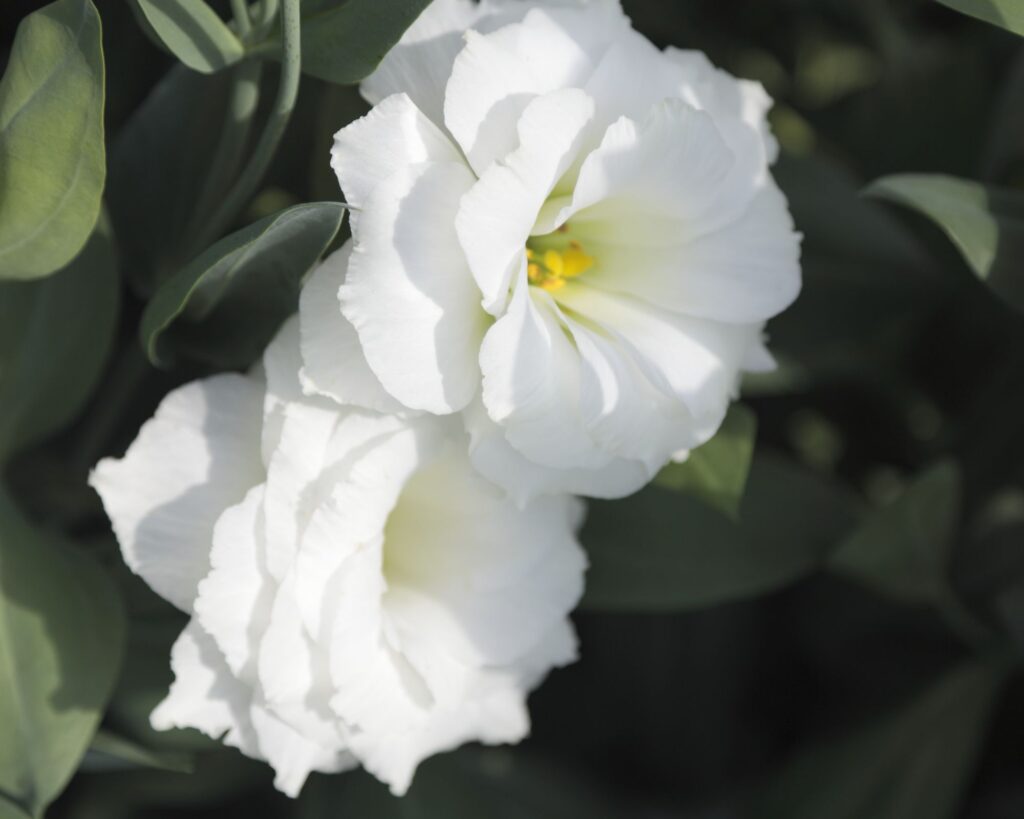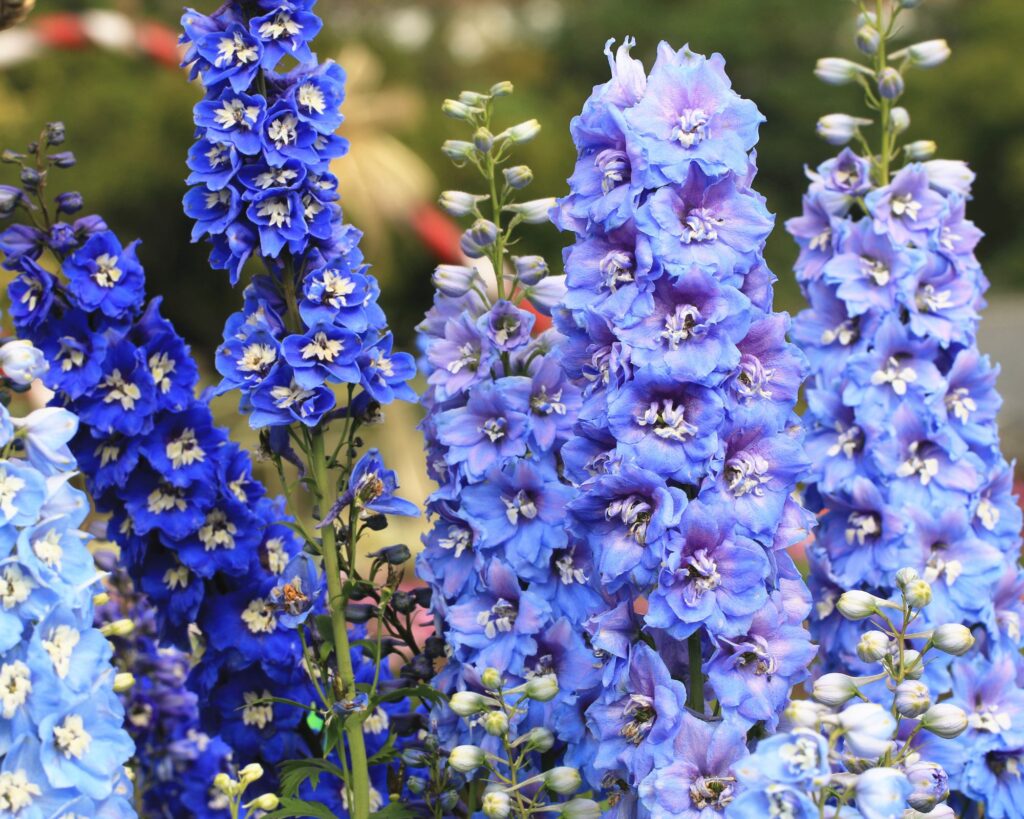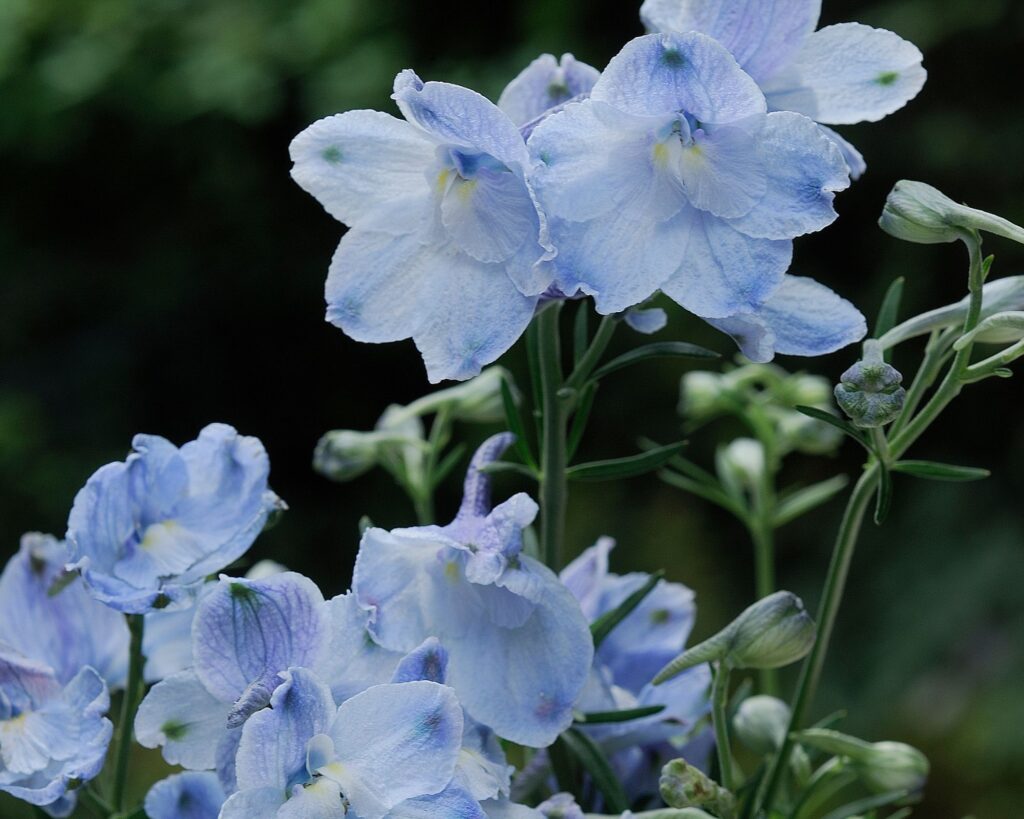Gardening isn’t just about getting your hands dirty – it’s about crafting something extraordinary from the earth. But what if the flowers you’re trying to grow refuse to cooperate?
Some flowers are notorious for their stubborn nature, demanding nothing less than perfection to thrive. These aren’t your average garden varieties; they are the true divas of the plant world, requiring precise conditions and unwavering dedication.
Ready to take on the ultimate gardening challenge and turn your backyard into a showcase of rare, jaw-dropping beauty? Read on to discover the flowers that will push your skills to the next level.
Understanding Flower Growth Basics
Growing flowers successfully involves careful attention to climate, soil quality, and watering needs, all of which play crucial roles in helping your flowers thrive.
Climatic Considerations
The climate is key to flower growth. Some flowers prefer hot, sunny conditions, while others need cooler, shadier environments. It’s essential to select flowers that match your local climate.
For example, roses thrive with a balance of sun and mild temperatures, whereas orchids often require warm, humid conditions. Understanding seasonal changes and microclimates in your area can further enhance your gardening success.
Soil Quality and Nutrition
Soil quality directly affects flower health. Most flowers prefer rich, well-draining soil with a slightly acidic to neutral pH (6.0-7.0). Adding organic materials like compost can improve soil structure and fertility.
Regular soil testing helps ensure your flowers get the nutrients they need, allowing for adjustments as necessary.
Watering Requirements
Watering needs vary by flower type. It’s crucial to avoid both overwatering and underwatering. For instance, succulents need minimal water, while tropical flowers like hibiscus require consistent moisture.
Morning watering reduces evaporation, and mulch can help retain soil moisture, particularly for water-loving plants. Good drainage is key to preventing root rot.
Challenges of Growing Delicate Blooms
Delicate flowers require extra care due to their susceptibility to pests, diseases, and environmental stress. Regularly inspect for pests like aphids and ensure good air circulation to prevent fungal issues.
Sheltered locations, careful watering, and regular pruning can help protect sensitive petals and promote healthier growth.
7 Hardest Flowers to Grow
1. Orchids (Orchidaceae)
Orchids are one of the most sought-after flowers for their stunning and exotic appearance. With over 25,000 species, orchids are incredibly diverse, but they all share a reputation for being difficult to grow.
Why They’re Hard to Grow:
Light Sensitivity: Orchids need the perfect balance of light—too much direct sunlight can burn their leaves, while too little light can hinder their ability to bloom.
Temperature and Humidity: Orchids thrive in warm, humid conditions. They need temperatures between 60-80°F (15-27°C) and humidity levels around 50-70%. Fluctuations can cause stress, leading to poor growth or no blooms.
Watering Challenges: Orchids are highly sensitive to overwatering. Their roots need to breathe, and excess water can lead to root rot. However, they also require consistent moisture, making it tricky to strike the right balance.
Tips for Success:
- Place orchids in a spot with bright, indirect light.
- Maintain a stable temperature and high humidity by misting the plants regularly or using a humidity tray.
- Water sparingly, ensuring the potting medium dries out slightly between waterings.
2. Blue Himalayan Poppy (Meconopsis betonicifolia)
The Blue Himalayan Poppy is a striking flower known for its vibrant blue petals. It’s a true showstopper in any garden, but growing it is not for the faint of heart.
Why They’re Hard to Grow:
Climate Specificity: This poppy thrives in cool, moist environments, making it difficult to grow outside of its native Himalayan habitat. It requires mild summers and cool, wet winters, which are not common in most regions.
Soil Requirements: The Blue Himalayan Poppy needs rich, well-drained, acidic soil. The soil must remain consistently moist but not waterlogged.
Fragility: These flowers are delicate and can easily succumb to fungal diseases, especially in less-than-ideal growing conditions.
Tips for Success:
- Mimic their native environment by providing cool, shaded areas with moist, well-drained soil.
- Amend your soil with organic matter to increase its acidity and moisture retention.
- Be vigilant about preventing fungal diseases by avoiding overhead watering and ensuring good air circulation.
3. Gardenia (Gardenia jasminoides)
Gardenias are cherished for their fragrant, white blooms and glossy green leaves. However, their beauty comes at a price—they are notoriously finicky.
Why They’re Hard to Grow:
Temperature Sensitivity: Gardenias prefer temperatures between 65-70°F (18-21°C) during the day and slightly cooler at night. They’re sensitive to temperature changes, which can cause buds to drop.
Soil and Watering Needs: They need acidic soil with good drainage. Gardenias are sensitive to both under- and over-watering, which can lead to yellow leaves and poor flowering.
Pest Problems: Gardenias are prone to pests like aphids, spider mites, and whiteflies, which can be difficult to manage.
Tips for Success:
- Plant gardenias in a location with morning sun and afternoon shade.
- Keep the soil consistently moist but not soggy, and ensure good drainage.
- Regularly check for pests and treat them promptly to prevent infestations.
4. Sweet Pea (Lathyrus odoratus)
Sweet peas are beloved for their vibrant colors and sweet fragrance, but growing them can be a challenge, particularly in warmer climates.
Why They’re Hard to Grow:
Temperature Sensitivity: Sweet peas thrive in cool weather. They struggle in hot, humid conditions, which can cause the plants to wither and fail to bloom.
Soil and Watering Needs: Sweet peas require well-drained soil rich in organic matter. They need consistent moisture, but overwatering can lead to root rot.
Support Requirements: Sweet peas are climbing plants that need support to grow properly. Without adequate trellises or stakes, they can become tangled and fail to thrive.
Tips for Success:
- Plant sweet peas in early spring or late fall to avoid the heat of summer.
- Provide them with rich, well-drained soil and keep it consistently moist.
- Use trellises or stakes to support the vines and promote healthy growth.
5. Lisianthus (Eustoma grandiflorum)
Lisianthus, with its rose-like blooms and delicate petals, is a favorite among florists. However, its beauty is matched by the difficulty of growing it.
Why They’re Hard to Grow:
Slow Growth: Lisianthus is a slow grower, taking several months from seed to bloom. Patience is essential when cultivating these flowers.
Temperature and Light Needs: They require plenty of bright, indirect light and stable temperatures. Sudden temperature changes can cause bud drop.
Soil and Watering Requirements: Lisianthus needs well-drained soil and careful watering. Overwatering or poorly drained soil can lead to root rot.
Tips for Success:
- Start lisianthus seeds indoors 10-12 weeks before the last frost date.
- Provide consistent moisture and light, but avoid overwatering.
- Harden off the seedlings before transplanting them outdoors to prevent shock.
6. Delphinium (Delphinium spp.)
Delphiniums are admired for their tall spikes of blue, purple, or white flowers. While stunning in the garden, they require careful attention to thrive.
Why They’re Hard to Grow:
Temperature Sensitivity: Delphiniums prefer cool climates and struggle in hot, humid conditions. They’re also prone to frost damage.
Soil and Watering Needs: They need rich, well-drained soil and consistent moisture. However, their tall stems are susceptible to wind damage, especially if the soil is too dry.
Pest and Disease Issues: Delphiniums are prone to powdery mildew, slugs, and snails, which can damage the plants and reduce flowering.
Tips for Success:
- Plant delphiniums in a cool, sheltered spot with well-drained soil.
- Water regularly, ensuring the soil stays moist but not waterlogged.
- Stake the plants to support their tall stems and protect them from wind damage.
7. Tuberose (Polianthes tuberosa)
Tuberose is prized for its intensely fragrant, white flowers, often used in perfumes. However, growing tuberose can be challenging, especially in cooler climates.
Why They’re Hard to Grow:
Climate Specificity: Tuberose thrives in warm, tropical climates and struggles in cooler regions. It needs plenty of sunlight and warmth to bloom.
Soil and Watering Needs: Tuberose requires well-drained, sandy soil and consistent moisture. However, too much water can cause the bulbs to rot.
Long Growing Season: Tuberose has a long growing season and may take several months to flower, requiring patience and persistence.
Tips for Success:
- Grow tuberose in a sunny location with well-drained, sandy soil.
- Water consistently but avoid waterlogging the soil.
- In cooler climates, consider growing tuberose in pots that can be moved indoors during cooler weather.
Growing these challenging flowers requires a commitment of time, effort, and attention to detail. While they may test your gardening skills, the rewards are equally great.
There’s nothing quite like the satisfaction of seeing a difficult flower bloom, knowing you’ve met its unique needs and helped it thrive.
Whether you’re looking to expand your gardening expertise or simply enjoy a new challenge, these seven flowers will provide plenty of opportunities to grow—both as a gardener and in your garden.

